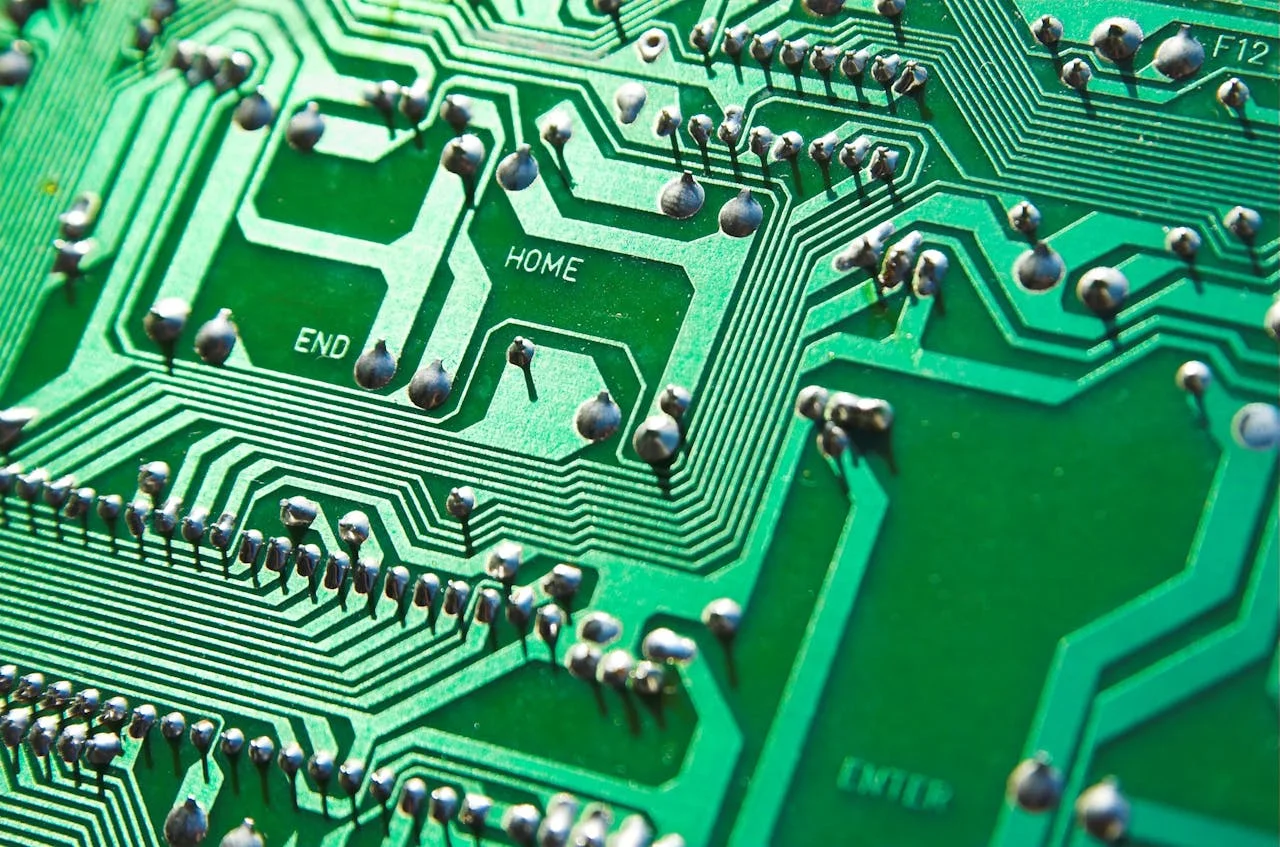Interest in silicon-based anodes is surging as they promise significant breakthroughs for electric vehicle (EV) batteries, including enhanced power and rapid charging capabilities. This focus on silicon-based anodes coincides with a cooling in enthusiasm around solid-state batteries, once considered the “holy grail” of battery technology. The rapid growth in EV sales worldwide has created an urgent demand for advanced battery solutions, driving major automakers to collaborate closely with battery manufacturers on the journey toward full electrification.

Venkat Srinivasan, director of the Collaborative Center for Energy Storage Science at Argonne National Laboratory, notes that silicon anodes currently have the advantage. “If there’s a horse race, silicon does seem to be ahead at least at this moment,” he stated. Advances in silicon-anode technology over the past few years are showing major gains in durability, with recent tests indicating calendar lives of three to four years—a considerable improvement from the one-year lifespan seen just five years ago. This durability is key to commercializing silicon anodes for everyday EV use.
The race between silicon anodes and solid-state batteries is pivotal for next-generation battery innovation, with each technology offering unique potential benefits and facing significant technical challenges. While some automakers have invested in solid-state battery research, companies like Mercedes, Porsche, and GM have increasingly focused on silicon anodes. A report by consultancy IDTechEx underscores the “immense” promise of silicon anodes for improving energy density, efficiency, and charging speed in batteries. However, the report cautions that issues like cycle life, calendar life, and production costs remain significant hurdles for both silicon anodes and solid-state technologies before they can achieve widespread adoption.
In battery performance, cycle life measures the number of charge-discharge cycles a battery can undergo, while calendar life measures its degradation over time. Silicon anodes have demonstrated up to ten times the energy density of traditional graphite-based anodes, but using high quantities of silicon can result in substantial swelling during charging, which shortens battery life. In contrast, solid-state batteries, which use solid electrolytes rather than liquid ones, are noted for their stability and potential to improve safety. Solid-state designs may allow the use of high-energy-density materials like lithium and silicon with reduced risk of thermal runaway, which can cause batteries to overheat or catch fire.
Automakers worldwide are setting ambitious timelines for rolling out solid-state batteries. Japan’s Toyota and Nissan, for example, have set goals to bring solid-state technology to mass production in the coming years, and China’s SAIC Motor plans to use these batteries in its MG-branded vehicles within the next year. Nonetheless, analysts remain skeptical about when solid-state batteries will become viable for the mass market due to ongoing technical and manufacturing challenges.
Georgi Georgiev, a battery materials analyst at Fastmarkets, points out that silicon-based anodes present a valuable opportunity, particularly for Western markets. Silicon anodes could provide a much-needed breakthrough to compete with China’s lead in graphite-based anode production; Chinese manufacturers control 98% of the global anode market for batteries. However, Georgiev notes that achieving 100% silicon anodes presents significant technical challenges, particularly the issue of silicon expansion, which impacts battery longevity. He adds that production at scale is still an obstacle, as manufacturers must maintain consistent quality and meet cost expectations for widespread adoption.
Taiwanese battery maker ProLogium recently introduced a fully silicon-anode battery at the Paris Motor Show, showcasing the technology’s potential to charge rapidly, with test results showing a charge from 5% to 60% in just five minutes, and reaching 80% in 8.5 minutes. ProLogium highlighted that its innovation surpasses traditional lithium-ion batteries in both performance and charging speed, offering a significant advantage for EVs by shortening charging times and extending vehicle range.
Despite these advances, the road to full-scale commercialization of silicon anodes will likely involve incremental steps, beginning with partial silicon anode integration alongside graphite. While 100% silicon anodes may take longer to become mainstream, their development is accelerating, driven by both technical progress and strategic initiatives to secure a stronger foothold in the global battery supply chain.
In the years to come, silicon anodes and solid-state batteries will remain at the forefront of energy storage innovation, with each approach potentially reshaping the EV market. Silicon-based anodes are setting the stage for transformative changes in battery performance, but solid-state batteries may still play a critical role, especially if their manufacturing challenges can be addressed. Ultimately, the competition between these technologies reflects a broader race to meet the world’s electrification goals and establish new standards in sustainable energy storage for the future of transportation.






